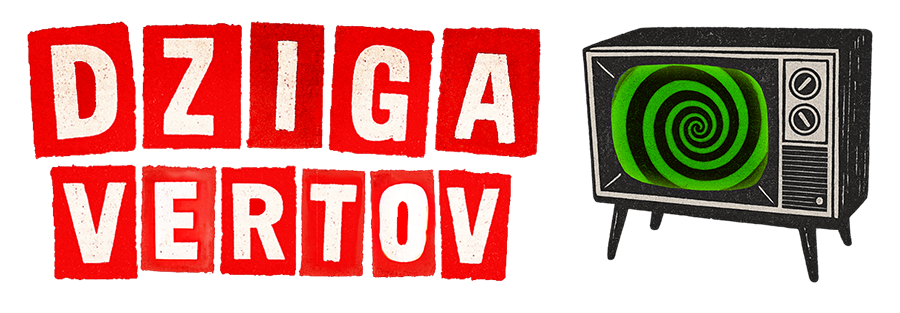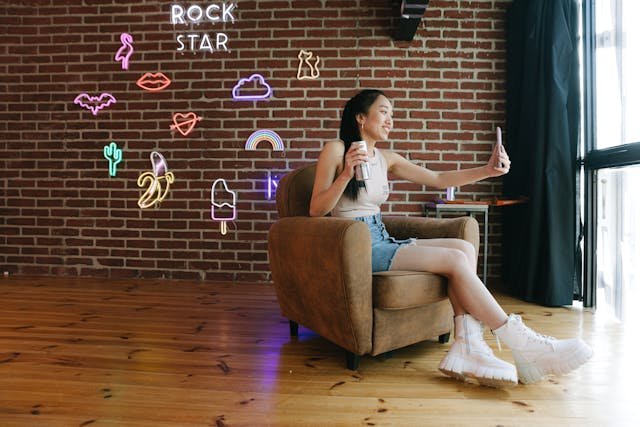Why some brands haunt you like a song you can’t stop humming? The answer is salience—the science of being remembered when it matters most.
Salience Isn’t Awareness
Marketers often confuse salience with awareness. Awareness is knowing a brand exists. Salience is something sharper: the ability of a brand to come to mind in the exact moment of choice.
Think of it like SEO for the brain. If your brand isn’t ranking top-of-mind, you don’t exist when the shopper grabs from the shelf.
Byron Sharp (How Brands Grow) defines it as mental availability: building memory structures that make your brand the obvious, easy choice. It’s not about love. It’s not about being cool. It’s about being remembered when it matters.

The Cognitive Science Behind Salience
- Distinctive Assets
- Logos, shapes, colors, sounds, mascots. They act as memory shortcuts. When you see red and white stripes, you think Coca-Cola. When you hear a “ba-da-ba-ba-ba,” you finish with “I’m lovin’ it.”
- Repetition Across Reach
- The human brain needs multiple cues across contexts. A logo on a billboard isn’t enough—reinforce it in packaging, digital ads, sponsorships. Memory encodes faster when assets appear everywhere.
- Emotional Encoding
- Facts fade. Emotions stick. Neuroscience shows emotional arousal triggers the hippocampus, anchoring memories deeper. That’s why a touching John Lewis Christmas ad outlives a rational product demo.
- Availability Bias
- Psychology calls it the “availability heuristic”: we choose what feels obvious, recent, top-of-mind. Salience exploits that bias.
Case Study 1 — Coca-Cola Red (Owning a Color)
Coca-Cola didn’t just choose red randomly—it weaponized it. Every touchpoint, from trucks to Christmas ads, is drenched in that color. Even Santa’s modern red outfit was co-engineered by Coke ads in the 1930s. Learn more about Color Psychology.
When you think “cola,” red pops first. That’s salience.
Lesson
Own a code and hammer it for decades.
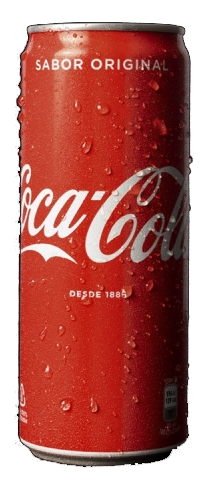
Case Study 2 — Mastercard’s Sonic Logo
(Owning a Sound)
In 2019, Mastercard introduced a 3-second audio signature. Now, every time you pay with contactless, you hear it. A small sound. A huge memory trigger.
Result: brand recognition in audio-only environments rose +80%.
Lesson
Salience isn’t just visual—multisensory branding multiplies memory.
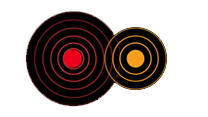
Case Study 3 — Snickers “You’re Not You When You’re Hungry”
The line turned into a cultural meme. People quote it in offices, sports commentary, even politics. The brand successfully tied a universal buying moment (hunger) to a product.
Result: global sales jumped +15% in the first year.
Lesson
Anchor brand to a context, not just a product feature.
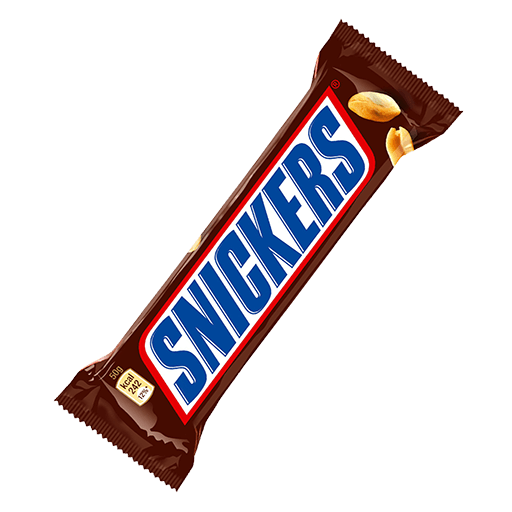
Case Study 4 — Red Bull and Extreme Sports
Red Bull doesn’t just sell an energy drink—it sells adrenaline. By attaching itself to extreme sports (Flugtag, Stratos jump), the brand became shorthand for “energy + courage.”
Result: Red Bull controls 43% of the global energy drink market.
Lesson
Salience grows when brand = cultural synonym.
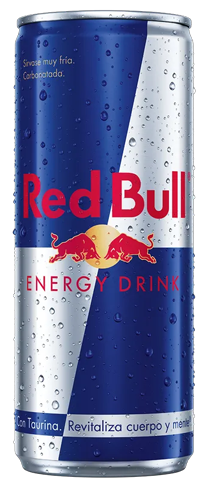
Case Study 5 — Apple “Think Different” and the Silhouette iPod Ads
The “Think Different” campaign built mental cues around creativity, innovation, and rebellion. Later, the iPod silhouette ads—bright colors + white headphones—cemented a visual code instantly recognizable.
Result: Apple became the default choice for music devices.
Lesson
Codes can evolve but must stay consistent with the brand’s promise.
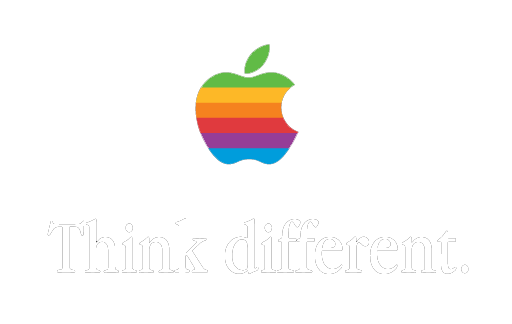
Playbook — How to Engineer Salience
- Audit Your Codes
- Inventory every distinctive asset: colors, logos, mascots, taglines, sounds. Kill drift. Decide which assets you’ll commit to long-term.
- Hammer Them Relentlessly
- Consistency matters more than originality. Guinness horses live 25 years later because they weren’t abandoned after one campaign.
- Match Buying Moments
- Map when your category is bought: coffee in the morning, toothpaste before dates, beer after work. Attach brand to those contexts.
- Go Multisensory
- Starbucks isn’t just a logo—it’s smell, green aprons, jazz playlists. The more senses you occupy, the stronger the memory trace.
- Fame + Reach
- Salience scales with visibility. Media weight compounds mental availability. Without reach, codes don’t enter culture.
- Refresh, Don’t Replace
- Modernize assets, don’t discard them. Tropicana famously lost $30M by redesigning its orange-pack carton, erasing memory cues.
Salience is brand gravity—the invisible
pull that makes your logo land
in the cart before the shopper knows why.
Salience vs. Love: The Brutal Truth
Marketers chase love. Consumers chase shortcuts.
- A “loved” but unremembered brand gets applause, not sales.
- A salient but unloved brand gets chosen in the aisle.
Data: Binet & Field found salience campaigns deliver 2x long-term profit growth compared to emotional “love” campaigns.
Use AI to draft. Use human expertise to craft.
Modern SEO Angle — Salience as Mental SEO
Think of salience as search optimization for memory:
- Keywords = Distinctive Assets
- Backlinks = Repetition in Media
- Search Intent = Buying Moments
- Domain Authority = Fame/Reach
When consumers “search” in their head (“thirsty,” “hungry,” “tired”), salient brands are top results.
Salience isn’t sexy. It’s not Cannes Lions or viral memes. It’s the unglamorous science of repetition, codes, and memory.
- Coke owns red.
- Mastercard owns a sound.
- Nike owns movement.
- Spotify owns December.
If you’re not building salience, you’re invisible.
And invisible brands don’t get bought.
But here’s the truth:
Salience is survival.
Curious about branding? Learn more in those articles
- Brand Consistency Overrated
- Brand Archetypes
- Brand Typography
- How Brands Get Stuck in Your Head
- Brand Salience vs. Brand Love Debate
AI and the Future of Salience
AI-driven personalization risks diluting brand codes. If every ad is slightly different, consistency gets lost.
Solution: anchor AI output in unchanging codes.
- The swoosh remains the swoosh.
- The arches stay golden.
- The Mastercard jingle never shifts.
AI can scale salience—mass variation, microtargeting—but only if codes remain fixed. Otherwise, brands vanish into noise.
FAQ — People Also Ask
advertising advertising case studies advertising effectiveness advertising history advertising strategy art direction brand consistency brand consistency examples brand consistency problems brand consistency vs flexibility brand design brand identity brand inconsistency examples branding brand name history brand naming strategies brand narrative engines brand salience brand storytelling cinematic advertising commercial design consumer behavior copywriting for brand names copywriting tips creative direction creative strategy creativity in advertising design strategy digital branding archetypes dynamic branding flexible branding hero’s journey importance of brand consistency marketing psychology marketing strategy mental availability modern brand case studies modern brand storytelling naming as copywriting naming in branding narrative branding ugly ads vs beautiful ads performance visual communication what is brand consistency when brand consistency is overrated
